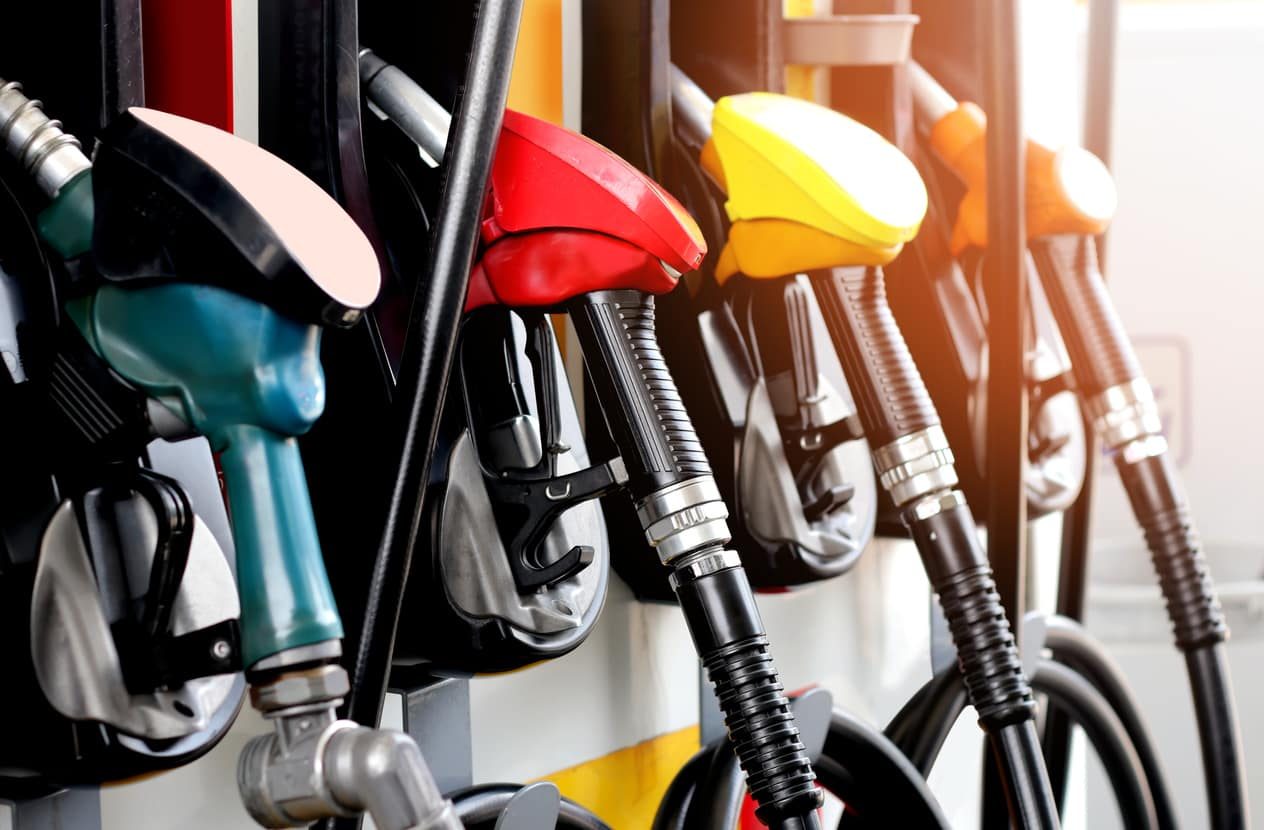Types of non-renewable energy and their environmental impact
According to data from the consultancy Enerdata, in the year 2020, just 28% of the electricity generated worldwide was supplied by renewable energy sources, while the remaining 72% came from various types of non-renewable energy. These facts and figures appear to support the claim by Greenpeace that the pace of development for energy systems is still too slow.
If you want to learn more about the types of non-renewable energy used, what their drawbacks are and why, today, these sources are still the most common despite their social and environmental impact - in particular on climate change -, then let us explain all.
What types of non-renewable energy are there?
If we want to soften their impact, it is essential to first know what types of non-renewable energy we are talking about, as well as understanding how they work, to identify which other green energy sources or renewables might replace their functions. Above all, if we want to evolve towards a cleaner, more efficient planet - bearing in mind that in recent years, genuine progress has been made towards sustainability in this field, with the aim of reducing greenhouse gas emissions and thus fulfilling the Paris Agreement.
Below, we outline the types of non-renewable energy most commonly used today: fossil fuels - oil, coal and natural gas - and nuclear energy.
Oil
Oil is extracted from sedimentary rock in which organic plant and animal matter has accumulated over millions of years, resulting in the chemical compound we are familiar with. It is also used as fuel for vehicles and all sorts of machinery as well as for manufacturing plastics, man-made fibres, explosives and fertilisers for agricultural purposes.
Among fossil fuels, oil is the best-known energy source in the world. According to the United Nations (UN), together, these energies release two-thirds of global CO2 emissions, also accounting for 80% of the primary energy demand on the entire planet. The United States, Saudi Arabia, Russia and Canada are among the main producers, although consumption is global.
Coal
This is the fossilisation of organic plant matter, so here we're dealing with a different composition to oil, but of the same root. Coal is probably one of the most commonly used types of non-renewable energy, together with oil.
Indeed, a report by Statista positions this energy resource as the most used on a global scale in 2019. Bearing this in mind, it comes as no surprise that as Greenpeace data has shown, coal is the fossil fuel with the biggest impact on climate change, with pollution levels that are significantly greater than its electrical productivity, as well as being a fuel that causes a large number of premature deaths every year.
The top producers of this fossil fuel are China, India, the United States, Indonesia, Australia and Russia, although its consumption extends to the whole world.
Natural gas
In general, the most polluting gas we all know of is CO2, however there are others that also have a negative environmental impact, such as methane. According to the UN, the use and production system of fossil fuels, including natural gas, releases around 110 million tonnes of methane per year.
While on a social level it seems to be generally accepted, natural gas production is just as polluting as that of other fossil fuels, according to Greenpeace. The problem is that methane - one of the gases that most contributes to the greenhouse effect - is the main component of natural gas. Regardless, natural gas is sold and used around the world, and is mainly produced in countries such as Russia, Iran, Qatar, the USA and Saudi Arabia.
Nuclear energy
This type of non-renewable energy creates radioactive waste that lasts for thousands of years. Meanwhile, Greenpeace is adamant that many nuclear energy plants around the world are aging, which may lead to new accidents.
Luckily, as a result of all of this, as well as the high renovation costs, the use of nuclear energy is becoming rarer, accounting for around 4.5% of primary energy consumption requirements around the globe. The countries most involved in such energy production are the United States and France, although nuclear power plants can be found pretty much all over the world.

Drawbacks of the different types of non-renewable energies
As can be seen, the main drawback with all of the different types of non-renewable energy lies is the high levels of pollution they release into the atmosphere, in terms of both their production and use. Consequently, they have a major impact on climate change, not to mention also generating non-biodegradable waste.
The consequences of such use of non-renewable energies are also devastating in terms of health. In fact, the World Health Organisation (WHO) estimates that eight million people die each year due to air pollution, and some 91% of the population lives in areas with poor air quality. As if this was not enough, it's also affecting flora and fauna around the world, leading to the extinction of numerous species.
It should also be remembered that there are finite reserves, meaning a major social and economic impact the day they run out. Accordingly, some sources indicate that, in 42 years’ time, oil will have been exhausted on the entire planet; in 65 years, the same will happen with natural gas, and coal will only last for another 150 years.

Why are non-renewable energies still the most widely used?
Faced with this situation, it's inevitable that we ask ourselves why, despite all of the drawbacks, are all these types of non-renewable energy still more commonly used than sustainable sources. The reality is that while there are arguments to support their prevalence, these are simply not good enough in view of the negative impact of their use.
On the one hand, we face the fact that technology is set up and ready to extract and transport these non-renewable energies. That's to be expected, given it's a field that has received a lot of investment and research, but it's a problem with an easy fix. Likewise, it is often said that they have wider applications than green energies.

Last but not least we come to the cost factor. However, renewable energy sources do not imply higher expenses than non-renewable ones. The problem here lies in the fact that facilities built for non-renewable energies have already paid for themselves, while ones for more sustainable energies require new investments.
Despite all this, the transition towards using only renewable energy is no longer optional. According to reports by the World Wildlife Fund (WWF), if by the year 2050 - when there will be over 9 billion people on Earth - we continue with our current pace of energy and food consumption, we will require roughly three Planet Earths to meet demands.
So, the change involves effort on every front, at both the economic and structural levels, as well as in the personal sphere. However, the green transition will only be possible if people have the necessary awareness, knowledge and skills to accelerate it.
Do you want to develop professional skills that will help you access better job opportunities? Discover Santander Open Academy, the training space you need to keep growing.
Join our global platform for learning and professional development and access courses at zero cost, training content in a wide range of formats and scholarships from leading universities and institutions.
If, like us, you believe that we should never stop learning, sign up here and find out what we have for you!
More posts to read...
-
 22/07/2025 | Santander Universidades
22/07/2025 | Santander UniversidadesCrossing borders to study: new allies on the university journey
Card text -


